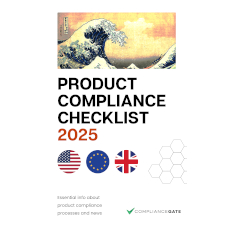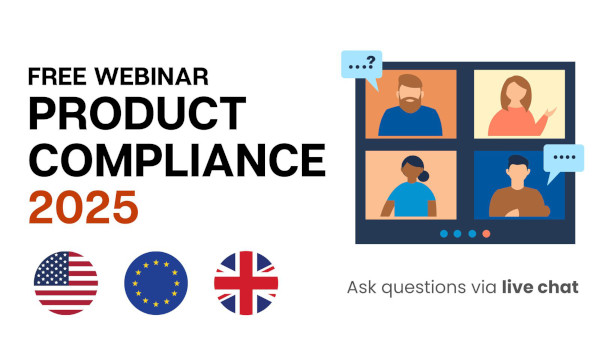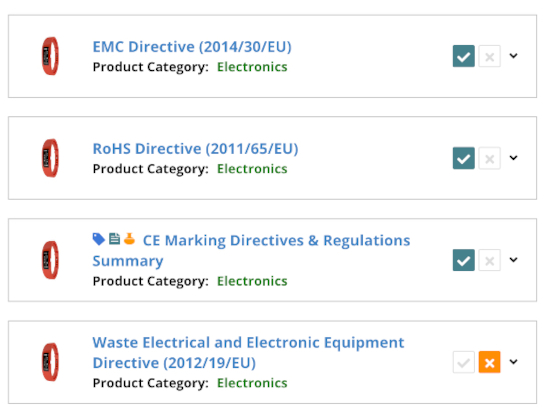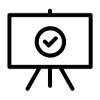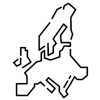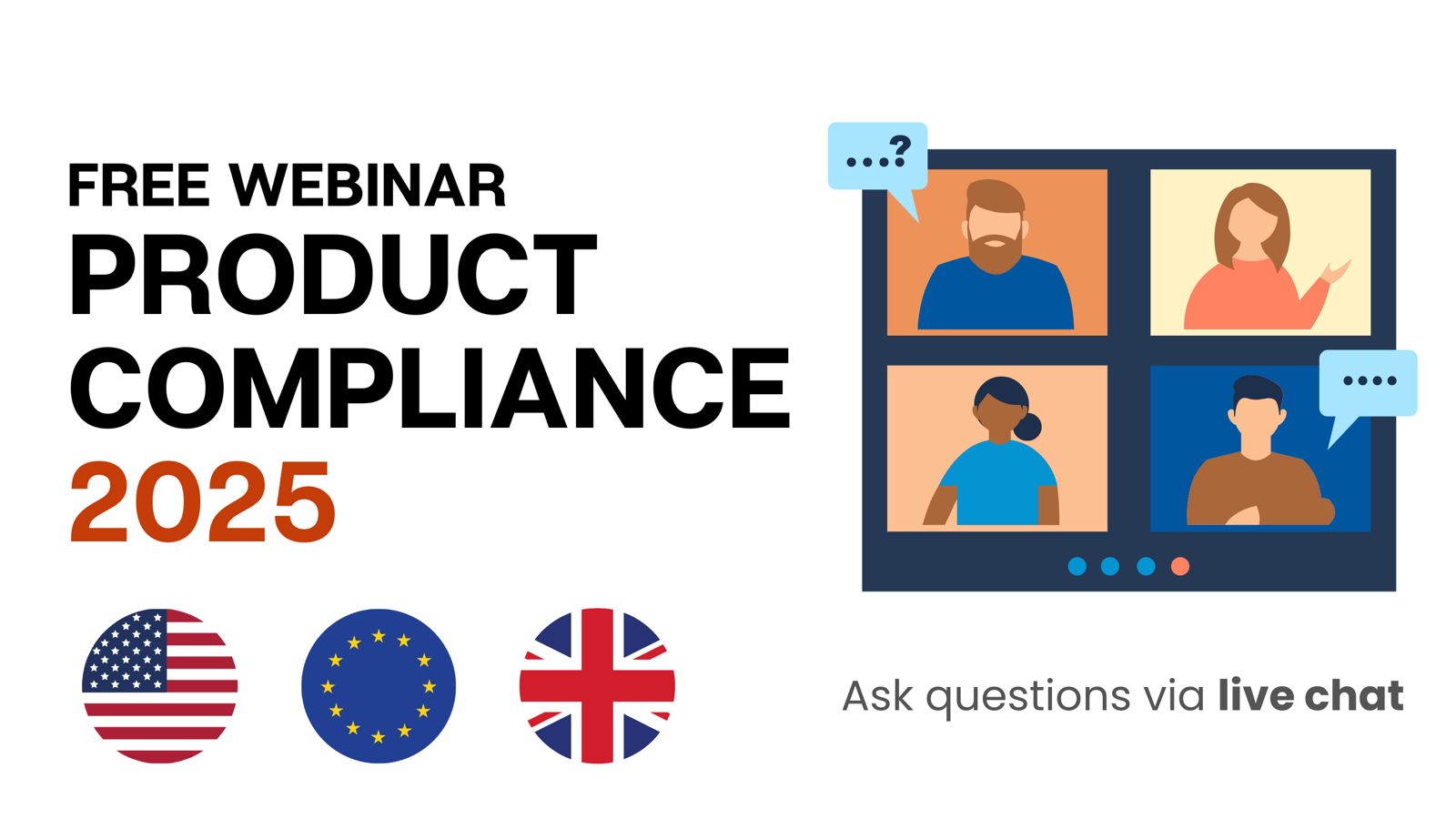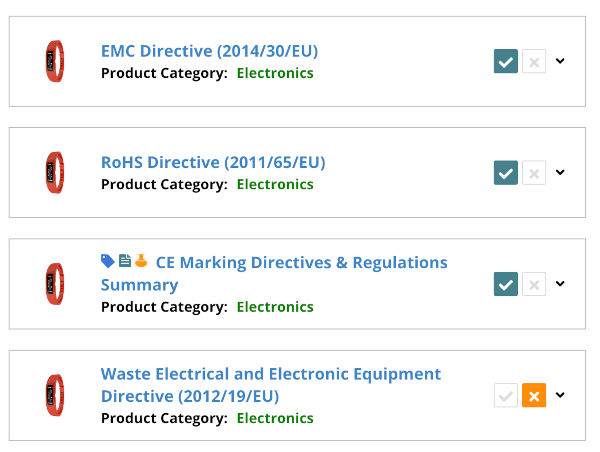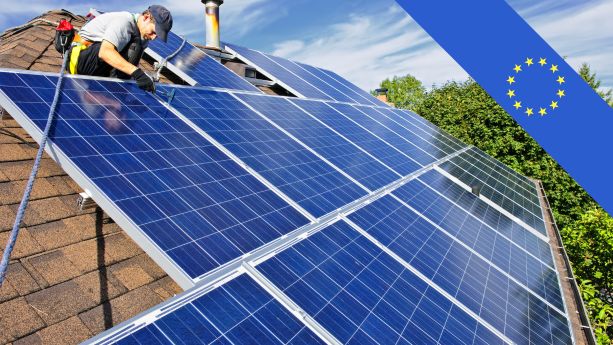
Solar panels imported or manufactured in the European Union are subject to various regulations, directives and standards. Ensuring compliance requires that the solar panels meet certain technical requirements. In addition, solar panels must be correctly labelled, documented, and tested.
This guide explains how requirements from regulations and directives, such as the General Product Safety Regulation and the Low Voltage Directive, apply to solar panels sold in the European Union.
Note: This guide only covers solar panels (also referred to as “solar modules” or “photovoltaic modules”). It does not cover the entire solar or photovoltaic system, which may contain components such as frames, battery packs, and inverters.
Content Overview

FREE CONSULTATION CALL (US, EU & UK)
- Request a free 30-minute call with Ivan Malloci to learn how we can help you with:
- Find product requirements
- Certification and labeling
- Lab testing
General Product Safety Regulation
The General Product Safety Regulation sets safety requirements for consumer products. This would include solar panels, which may be subject to requirements concerning their mechanical safety – for instance, ensuring that the solar panels are securely affixed to a roof and do not result in the product falling off (e.g. due to snow).
Solar panels may also be subject to electrical safety requirements under the regulation, if they are designed for use under 50 volts AC and 75 volts DC (while electrical safety of equipment with an higher voltage is covered by the Low Voltage Directive). Note that during our research, we found that most solar panels, or solar modules, operate under 50 volts.
The regulation generally mandates that you:
a. Test your products against relevant standards to make sure they comply with the regulatory requirements
b. Provide user instructions and technical documentation
c. Label your product (e.g. with traceability information, warnings, and age suitability)
Standards
The General Product Safety Regulation mandates that you use harmonised standards when they exist. Following harmonised standards requirements allows you to ensure that your product complies with the requirements set by the regulation.
We could not find any solar panel standards that are harmonised under the regulation. In this case, you should still use relevant EN standards to ensure product compliance. The next section covers several examples of EN standards for solar panels.
Documentation
This section lists the key documentation requirements set by the regulation.
| Title | Description |
| Technical documentation | The regulation requires you to provide technical documentation, which should contain:
|
| Instructions and safety information | You should provide instructions and safety information with your product regarding its:
|
| Register of complaints | Importers and manufacturers should keep a register of complaints – e.g. sent by their customers – about defective and dangerous products.
They can then use the information to investigate possible compliance issues. |
| Test reports | Solar panels need to undergo testing against the requirements of the regulation and applicable standards. The regulation mandates the provision of a test report as part of the technical documentation. |
Labelling requirements
The regulation requires you to correctly label your product, packaging, or accompanying documents, such as the instruction manual.
| Title | Description |
| Product traceability information |
|
| Warnings | You should provide product-specific warnings with your product. Note that some warning requirements may come from certain standards. |
Standards for solar panels
This section lists several examples of standards for solar panels. Some standards set requirements such as those for performance, mechanical safety (e.g. load tests), and electrical safety. Note that you can find more solar panel standards on the CENELEC website.
EN IEC 62938 – Photovoltaic (PV) modules – Non-uniform snow load testing
EN 62716 – Photovoltaic (PV) modules – Ammonia corrosion testing
EN IEC 61215-1-1 – Terrestrial photovoltaic (PV) modules – Design qualification and type approval – Part 1-1: Special requirements for testing of crystalline silicon photovoltaic (PV) modules
EN IEC 61215-1-2 – Terrestrial photovoltaic (PV) modules – Design qualification and type approval – Part 1-2: Special requirements for testing of thin-film Cadmium Telluride (CdTe) based photovoltaic (PV) modules
EN IEC 61215-1-3 – Terrestrial photovoltaic (PV) modules – Design qualification and type approval – Part 1-3: Special requirements for testing of thin-film amorphous silicon based photovoltaic (PV) modules
EN IEC 61215-1-4 – Terrestrial photovoltaic (PV) modules – Design qualification and type approval – Part 1-4: Special requirements for testing of thin-film Cu(In,GA)(S,Se)2 based photovoltaic (PV) modules
Low Voltage Directive
The Low Voltage Directive establishes requirements for electrical equipment that operates between 50-1000V AC. and 75-1500V DC. As such, it would apply to solar panels – or their systems – that operate between those voltage ranges.
The directive generally requires you to ensure that:
a. Your products comply with the safety requirements in order to do no pose a danger to humans, property, or pets when used as intended
b. You perform the necessary testing to prove compliance
d. Affix the CE marking and traceability information
e. Prepare necessary documentation (Declaration of conformity, technical file, instructions)
Harmonised standards
We could only find the following two harmonised standards that focus on solar panels (or photovoltaic modules):
EN IEC 61730-1 – Photovoltaic (PV) module safety qualification – Part 1: Requirements for construction
EN IEC 61730-2 – Photovoltaic (PV) module safety qualification – Part 2: Requirements for testing
Note that we found more standards, but they cover entire solar panel systems or related components.
Documentation
Here are the key documentation requirements set by the directive.
| Title | Description |
| Declaration of Conformity | The directive requires importers and manufacturers to create a Declaration of Conformity, which should contain the items listed in Annex IV. |
| Technical documentation | The manufacturer needs to create and provide technical documentation, which should contain the items listed in Annex III. |
| User instructions | The directive requires the provision of user instructions with the product. The user instructions need to be clearly written. |
| Test report | Manufacturers need to provide test reports as part of the technical documentation. |
Labelling
Here are the labelling requirements that we found in the directive.
| Title | Description |
| CE marking | 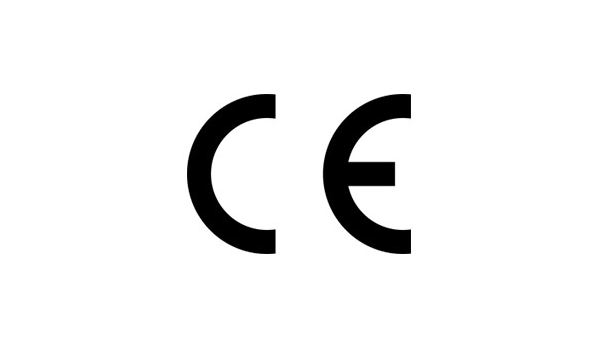
The directive mandates manufacturers to permanently affix the CE marking to each electrical equipment or its data plate or its packaging and accompanying documents. |
| Traceability information |
|
Electromagnetic Compatibility (EMC) Directive
The Electromagnetic Compatibility Directive sets requirements for the electromagnetic compatibility of electronic apparatus and fixed installations. This may include solar panels.
‘Apparatus’ means any device or combination sold as a single unit for end-users that can cause or be affected by electromagnetic disturbance. ‘Fixed installation’ refers to a combination of various devices assembled and installed for permanent use at a specific location.
You need to ensure that the covered products:
a. Meet the essential requirements set out by the regulation
b. Undergo a conformity assessment and product testing
c. Are accompanied by appropriate documentation:
- Declaration of Conformity (DoC)
- User instructions
- Technical documentation
- Test reports
d. Are labelled with:
- CE marking
- Product type, batch, or serial number
- Name, registered trade name or trademark
- Postal address
- Contact information
Note that the EMC Directive guidance document specifically mentions that you need to provide instructions for the installation, use, and maintenance of solar or photovoltaic systems. For fixed installations, the accompanying documentation should indicate its electromagnetic compatibility characteristics and precautions taken while incorporating the device into a fixed installation.
RoHS Directive
The RoHS Directive restricts the usage of some substances in electric and electronic equipment. However, it exempts from its requirements professionally installed photovoltaic panels used for permanent energy production at defined locations for residential, commercial, and other applications.
Though the directive exempts certain solar panels from its requirements, those requirements may still apply to:
- Solar panels that do not fit the above definition
- Electronic accessories or components that come with the panel
The directive mandates that you ensure that your products:
a. Comply with the substance restrictions listed in Annex II
b. Undergo lab testing to ensure compliance
c. Come with the following applicable documentation:
- Declaration of Conformity (DoC)
- Technical documentation
- Test report
d. Are properly labelled with:
- CE marking
- Product type, batch, serial number
- Manufacturer name, trade name or trademark
- Manufacturer address and contact information
Waste Electrical and Electronic Equipment (WEEE) Directive

The WEEE Directive sets requirements regarding the management of electronic and electrical waste products and materials. As such, it would also apply to solar panels.
The directive requires importers and manufacturers to:
a. Affix the separate collection symbol onto their product
b. Provide information to users (e.g. regarding product disposal)
c. Register in the EU member state where they sell their product
d. Submit to the national authorities a report containing the quantity and type of product they manufacture, distribute, and sell
e. Take responsibility for collecting and treating their waste products (e.g. by using a waste management company)
Recalls and compliance risks
Solar panels may pose risks and cause injuries to people if they do not comply with safety requirements, such as those outlined in this guide. Non-compliant solar panels would be subject to recalls from the market.
The EU’s Safety Gate website features examples of recalled solar panels and the reasons for the recall. For instance:
a. Solar panel from China – recalled for violating the RoHS Directive
b. Solar panel from the Netherlands – recalled for violating the Low Voltage Directive
c. Solar panel from China – recalled for potential fire and burn risk caused by electrical arc due to incorrectly connected cables
Lab Testing
Some regulations and directives, such as the Low Voltage Directive, require products to undergo testing. Other regulations may not specifically mandate it. Nevertheless, you should still test your product against appropriate standards and regulatory requirements to make sure your product is safe. If your product passes testing, you should receive a test report that proves your product complies with the requirements.
| Regulation | Lab testing |
| General Product Safety Regulation | The regulation generally requires that you subject your products to testing to ensure electrical and mechanical safety, for instance. Here are some examples of tests that solar panels can undergo:
|
| Low Voltage Directive | The directive mandates that you comply with electrical safety requirements. Here are several examples of tests that photovoltaic modules should undergo:
|
| Electromagnetic Compatibility Directive | The directive requires covered products to undergo testing to prove that they are electromagnetically compatible with other electric and electronic products and immune to external radio emissions from other devices. |
| RoHS Directive | The directive mandates that you subject your electrical and electronic products to tests to make sure that they do not contain restricted substances over the limits specified in Annex II.
For instance, you should have your solar panels tested to prove they do not contain more than 0.01% of cadmium. |
Solar panel testing companies
Here are several companies that claim that they can test solar panels to some of the above standards, directives, and regulations:
- Intertek
- SGS
- TÜV Rheinland
- Eurofins
- TÜV Nord
Additional Requirements
This section lists other regulations that may apply to solar panels.
| Regulation | Description |
| REACH Regulation | This regulation sets substance restrictions on articles, which would include solar panels. Solar panels may contain restricted substances such as:
|
| Construction Products Regulation | This regulation sets requirements for construction products, which are defined as any item or kit made for permanent use in construction that would affect its performance.
Given the definition, it may be possible that the regulation could apply to some types of solar panels, even though we were not able to find: a. Any harmonised standards for solar panels b. Any mention of solar panels or similar products in the product areas listed in Annex IV. |
| POPs Regulation | The Persistent Organic Pollutants (POPs) Regulation sets restrictions on POPs and products that may contain those substances.
For instance, solar panels or photovoltaic modules may contain:
|
Recommended articles


